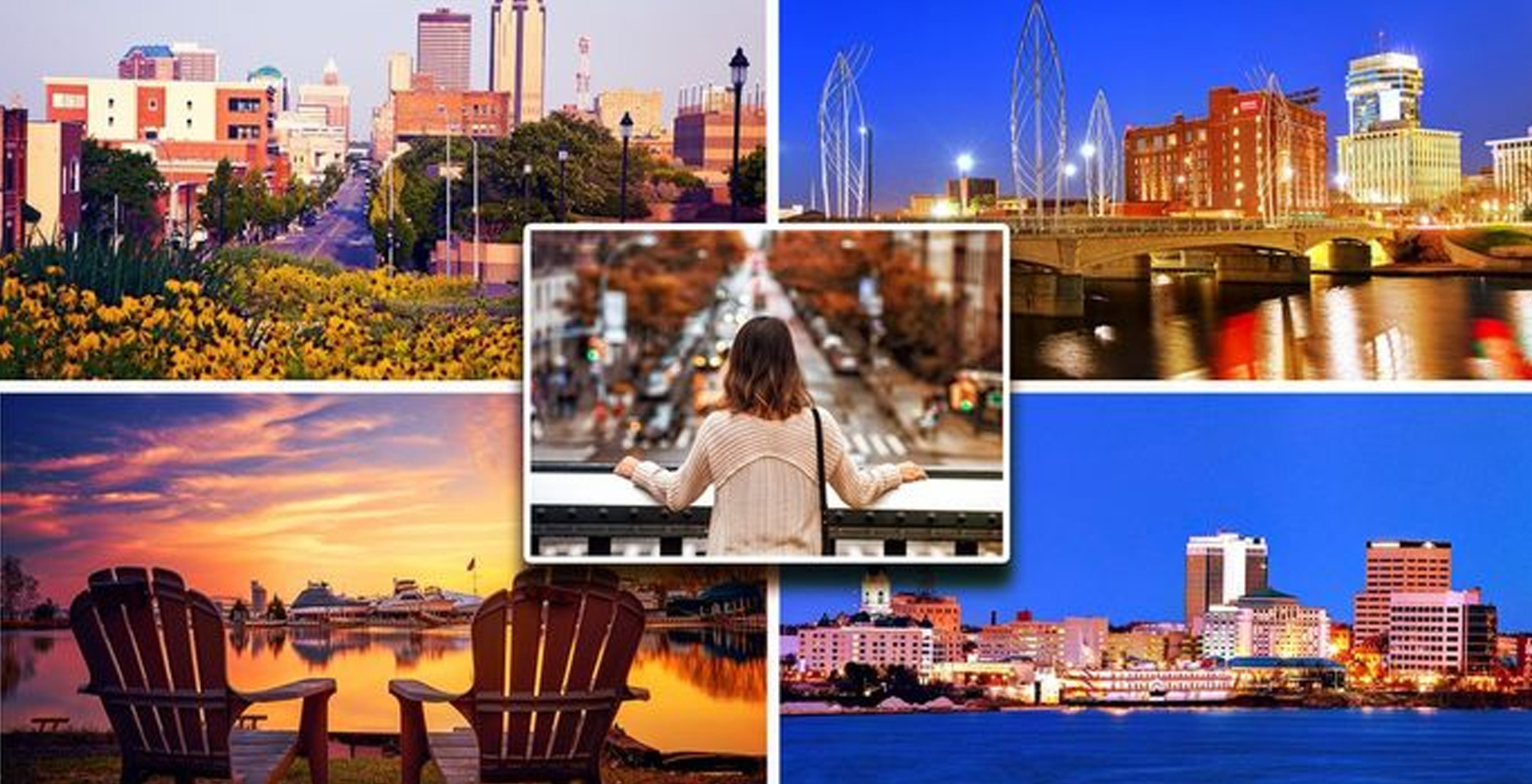READING PASSAGE 1
You should spend about 20 minutes on Questions 1-13, which are based on Reading Passage 1 below.

Unlikely Boomtowns: The World’s Hottest Cities
Megacities like London, New York and Tokyo loom large in our imaginations. They are still associated with fortune, fame and the future. They can dominate national economies and politics. The last fifty years has been their era, as the number of cities with more than ten million people grew from two to twenty. But with all respect to the science-fiction novelists who have envisioned a future of urban giants, their day is over. The typical growth rate of the population within a megacity has slowed from more than eight per cent in the 1980s to less than half that over the last five years, and numbers are expected to be static in the next quarter century. Instead, the coming years will belong to a smaller, far humbler relation – the Second City.
Within a few years, more people will live in cities than in the countryside for the first time in human history. But increasingly, the urban core itself is downsizing. Already, half the city dwellers in the world live in metropolises with fewer than half-a-million residents. Second Cities – from exurbs, residential areas outside the suburbs of a town, to regional centres – are booming. Between 2000 and 2015, the world’s smallest cities (with under 500,000 people) will grow by 23 per cent, while the next smallest (one million to five million people) will grow by 27 per cent. This trend is the result of dramatic shifts, including the global real-estate bubble; increasing international migration; cheaper transport; new technologies, and the fact that the baby-boom generation is reaching retirement age.
The emergence of Second Cities has flowed naturally (if unexpectedly) from the earlier success of the megacities. In the 1990s, megacities boomed as global markets did. This was particularly true in areas with high-tech or ‘knowledge-based’ industries like finance. Bonuses got bigger, bankers got richer and real-estate prices in the world’s most sought-after cities soared. The result has been the creation of what demographer William Frey of the Washington-based Brookings Institute calls ‘gated regions’ in which both the city and many of the surrounding suburbs have become unaffordable for all but the very wealthy. ‘Economically, after a city reaches a certain size its productivity starts to fall,’ notes Mario Pezzini, head of the regional-competitiveness division of the OECD. He puts the tipping point at about six million people, after which costs, travel times and the occasional chaos ‘create a situation in which the centre of the city may be a great place, but only for the rich, and the outlying areas become harder to live and work in’.
One reaction to this phenomenon is further sprawl – high prices in the urban core and traditional suburbs drive people to distant exurbs with extreme commutes into big cities. As Frey notes, in the major US metropolitan areas, average commuting times have doubled over the last fifteen years. Why does one town become a booming Second City while another fails? The answer hinges on whether a community has the wherewithal to exploit the forces pushing people and businesses out of the megacities. One key is excellent transport links, especially to the biggest commercial centres. Though barely a decade old, Goyang is South Korea’s fastest-growing city in part because it is 30 minutes by subway from Seoul.
Another growth driver for Second Cities is the decentralization of work, driven in large part by new technologies. While more financial deals are done now in big capitals like New York and London than ever before, it is also clear that plenty of booming service industries are leaving for ‘Rising Urban Stars’ like Dubai, Montpellier and Cape Town. These places have not only improved their Internet backbones, but often have technical institutes and universities that turn out the kinds of talent that populate growth industries.
Consider Montpellier, France, a case study in urban decentralization. Until the 1980s, it was like a big Mediterranean village, but one with a strong university, many lovely villas and an IBM manufacturing base. Once the high-speed train lines were built, Parisians began pouring in for weekend breaks. Some bought houses, creating a critical mass of middle-class professionals who began taking advantage of flexible working systems to do three days in Paris, and two down South, where things seemed less pressured. Soon, big companies began looking at the area; a number of medical-technology and electronics firms came to town, and IBM put more investment into service businesses there. To cater to the incoming professionals, the city began building amenities: an opera house, a tram line to discourage cars in the city centre. The result, says French urban-planning expert Nacima Baron, is that ‘the city is now full of cosmopolitan business people. It’s a new society’.
All this means that Second Cities won’t stay small. Indeed some countries are actively promoting their growth. Italy, for example, is trying to create tourist hubs of towns close to each other with distinctive buildings and offering different yet complementary cultural activities. Devolution of policymaking power is leaving many lesser cities more free than ever to shape their destinies. To them all: this is your era. Don’t blow it.